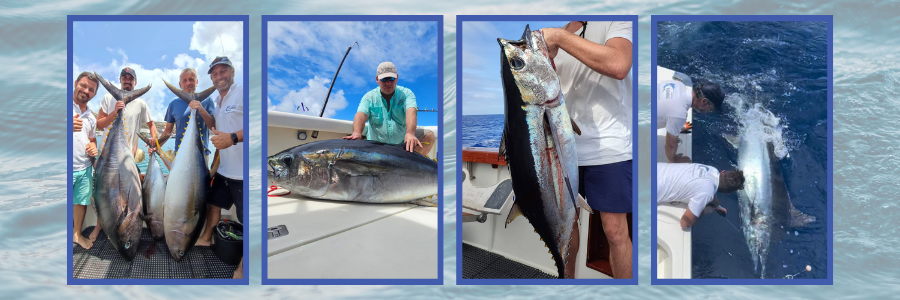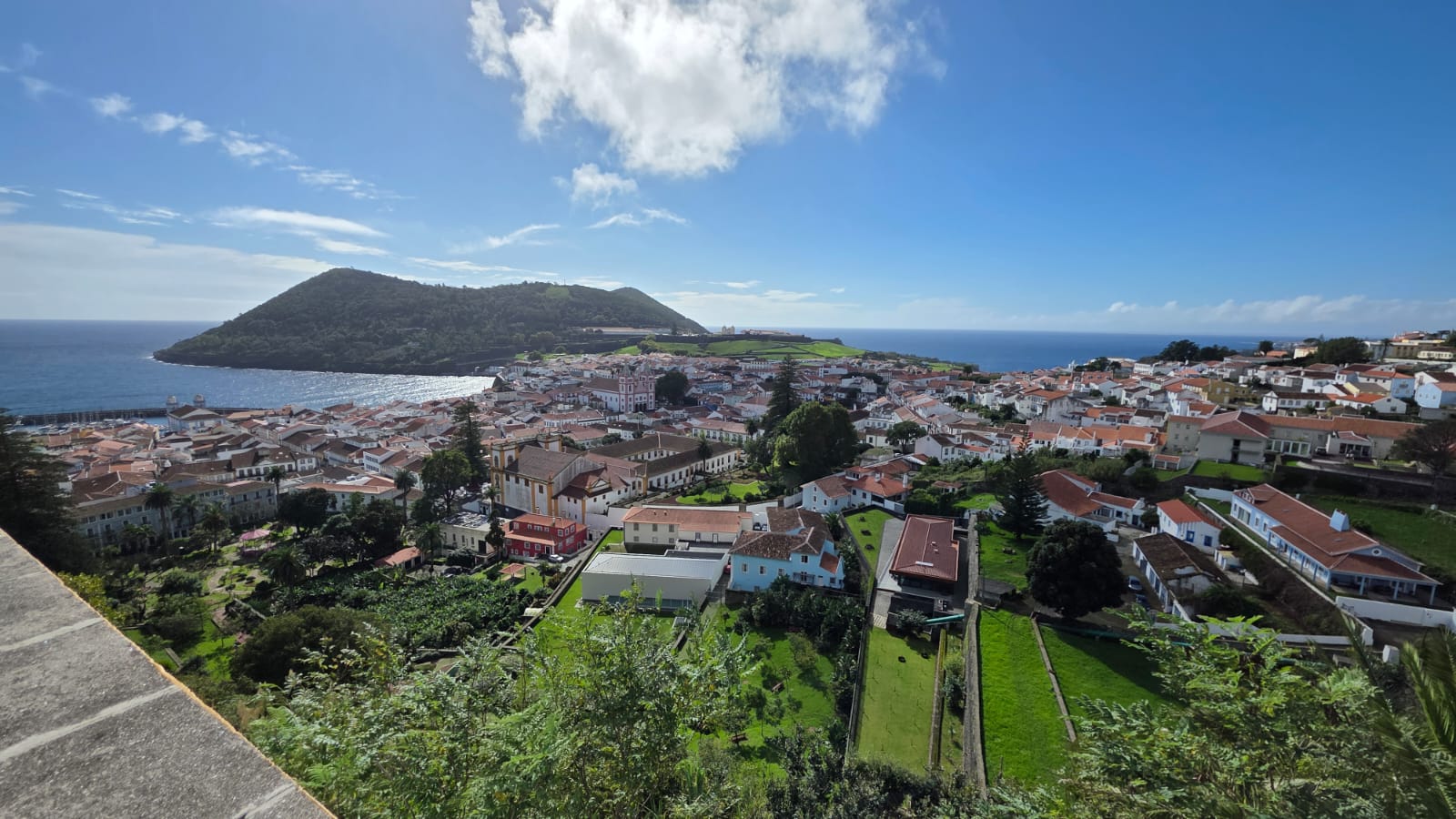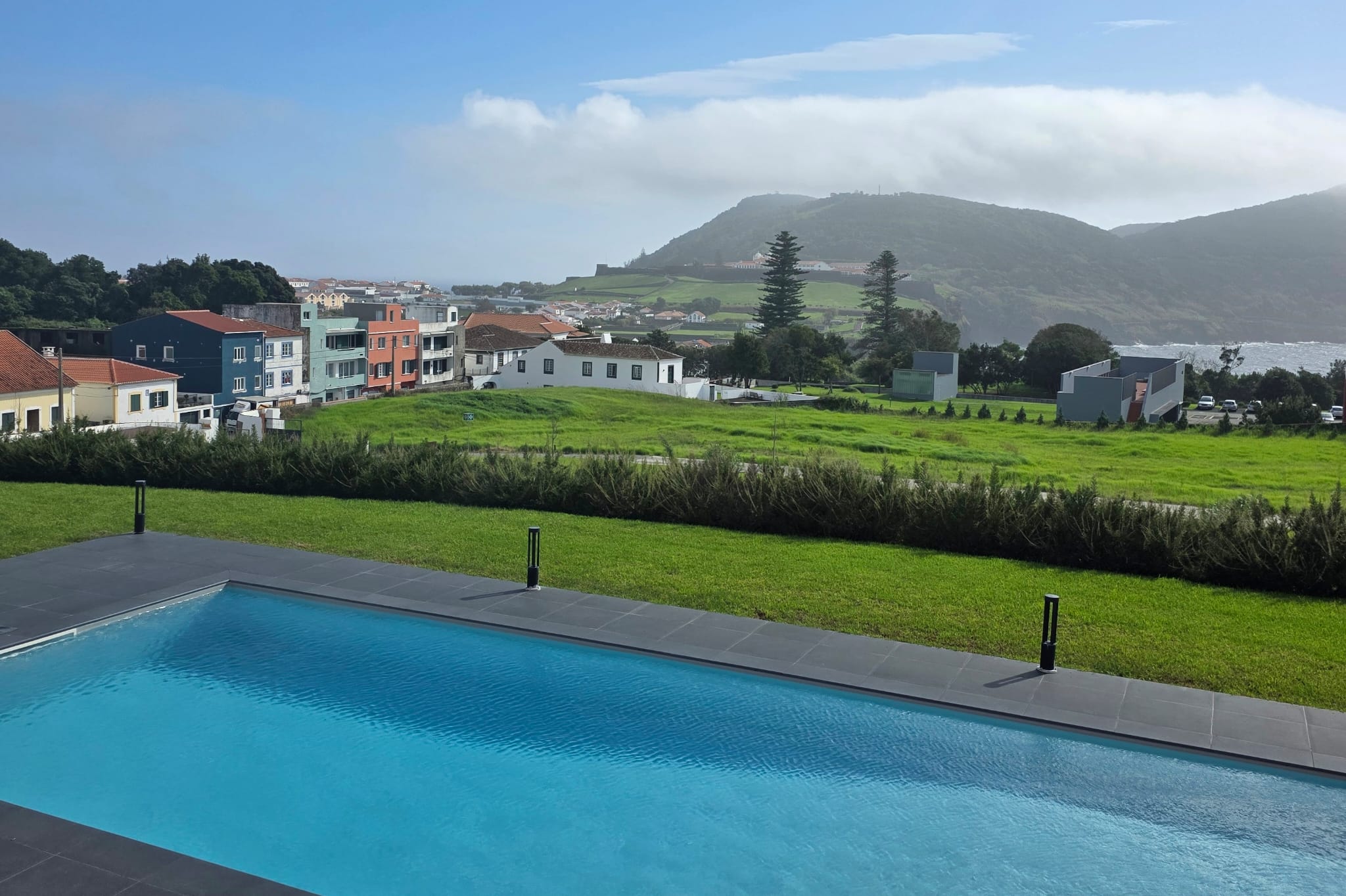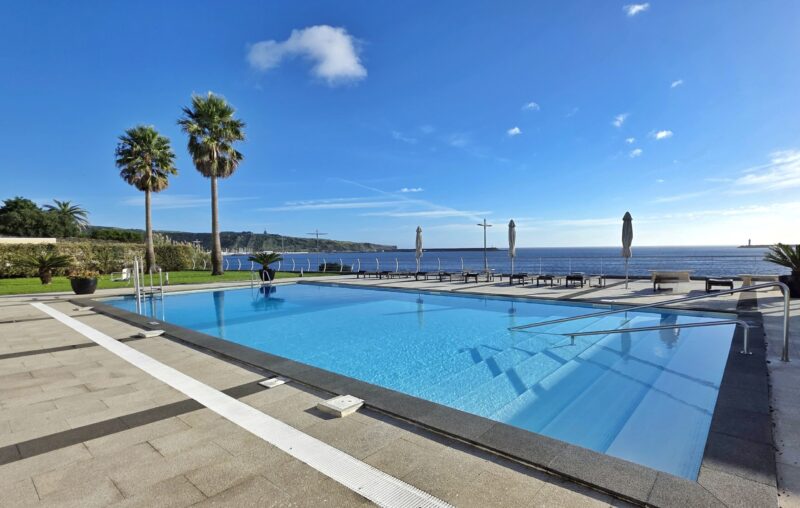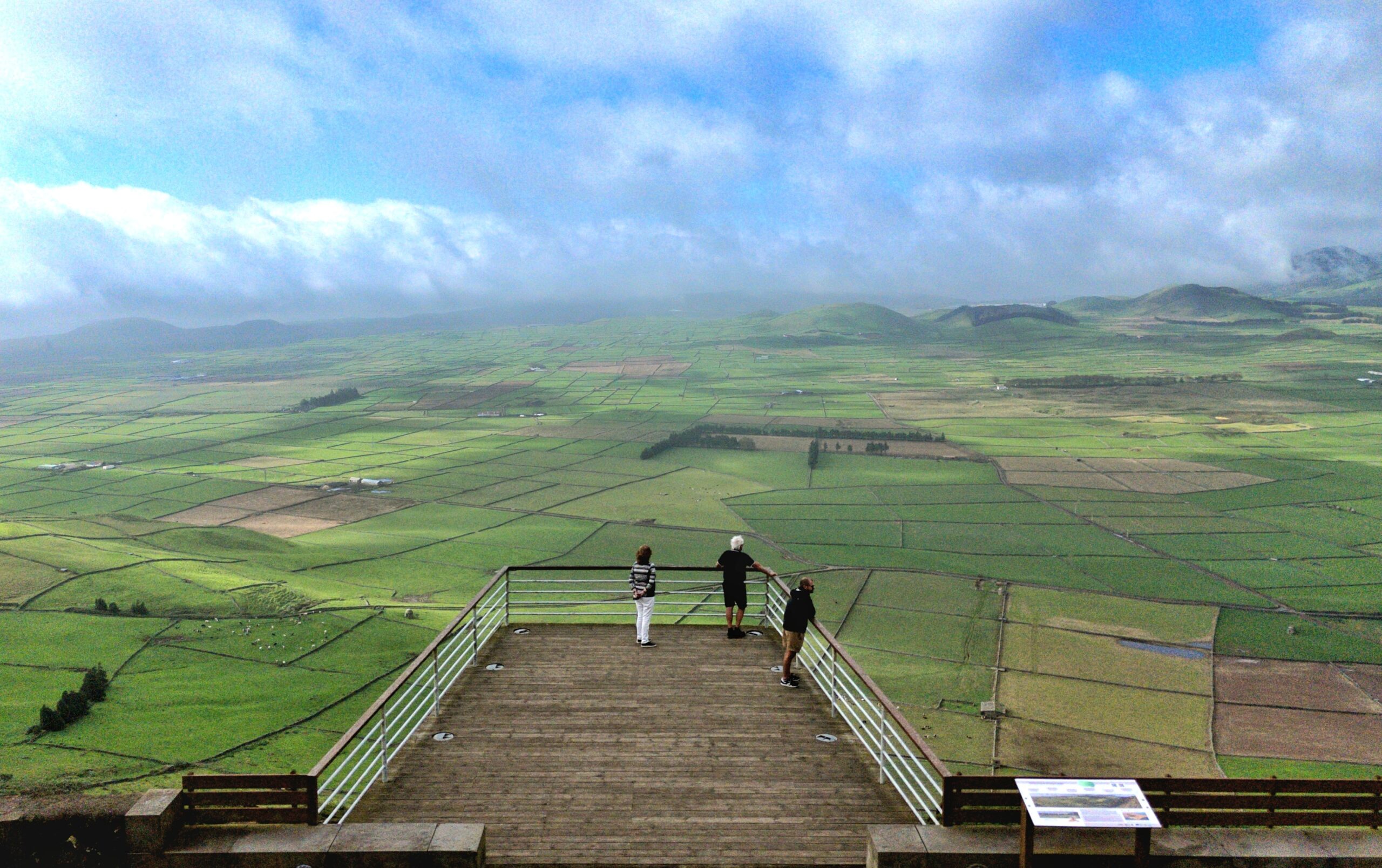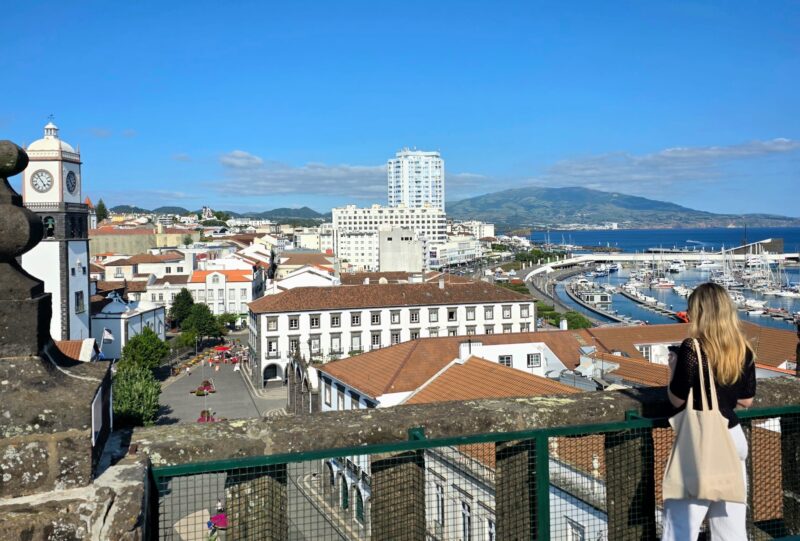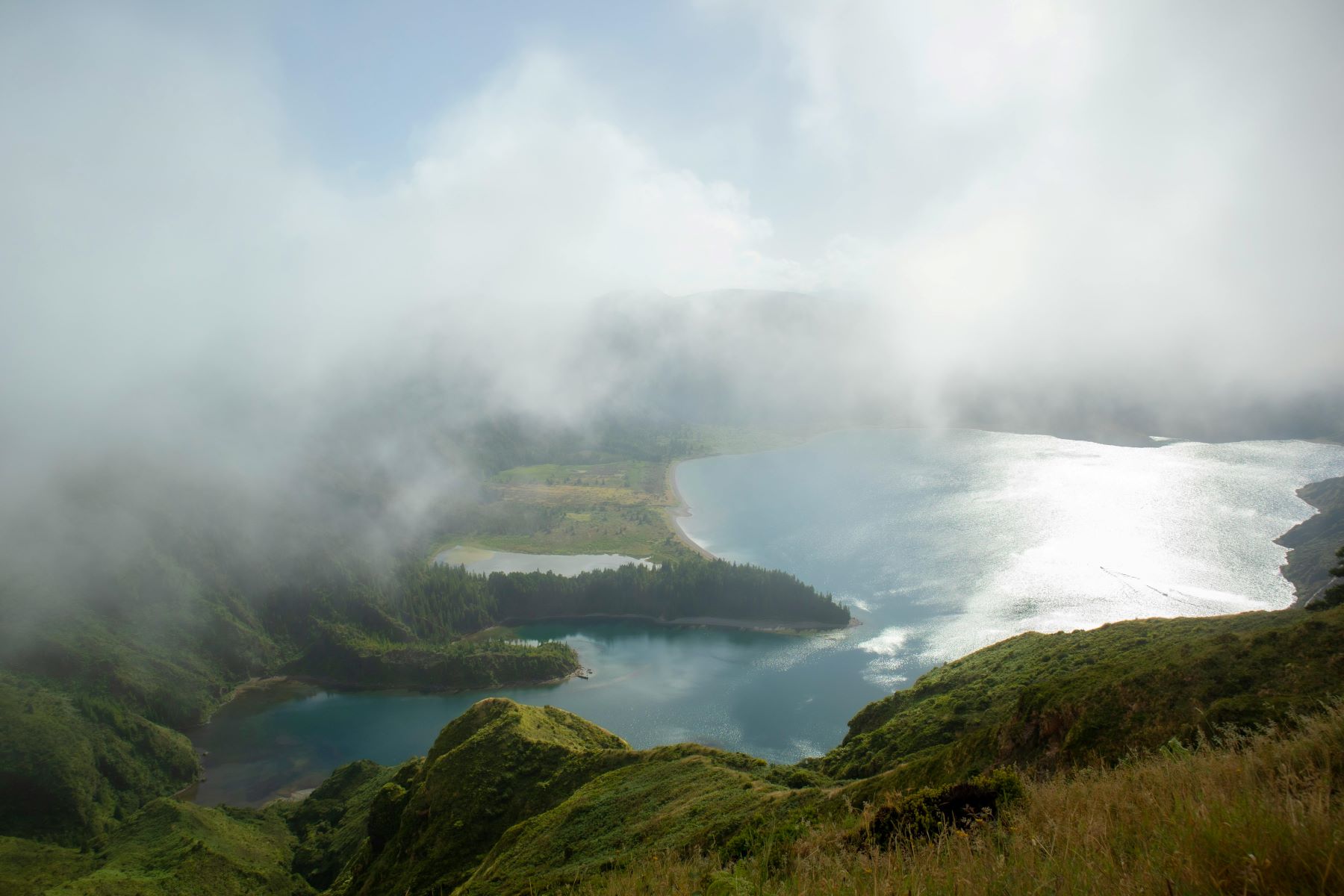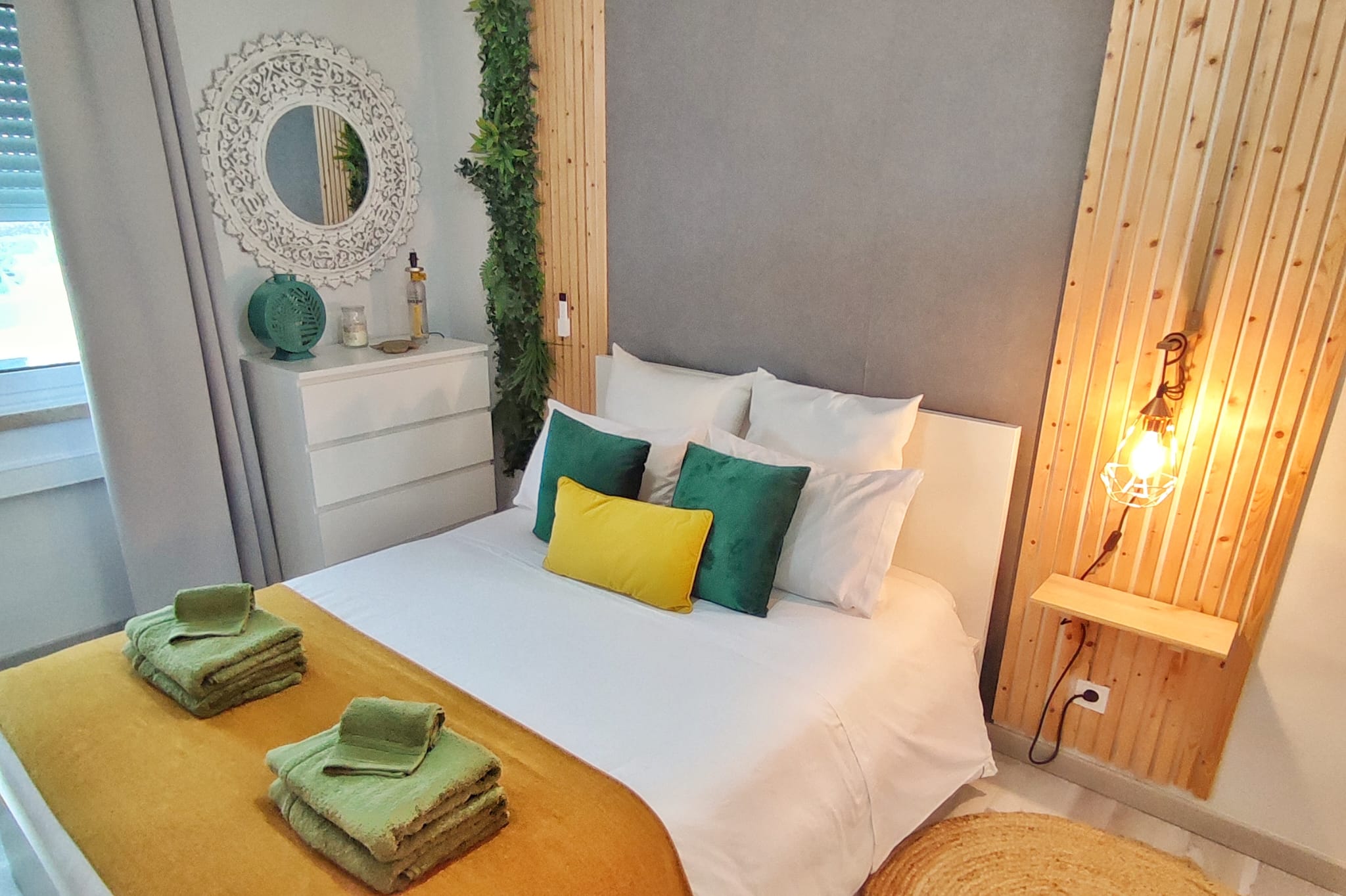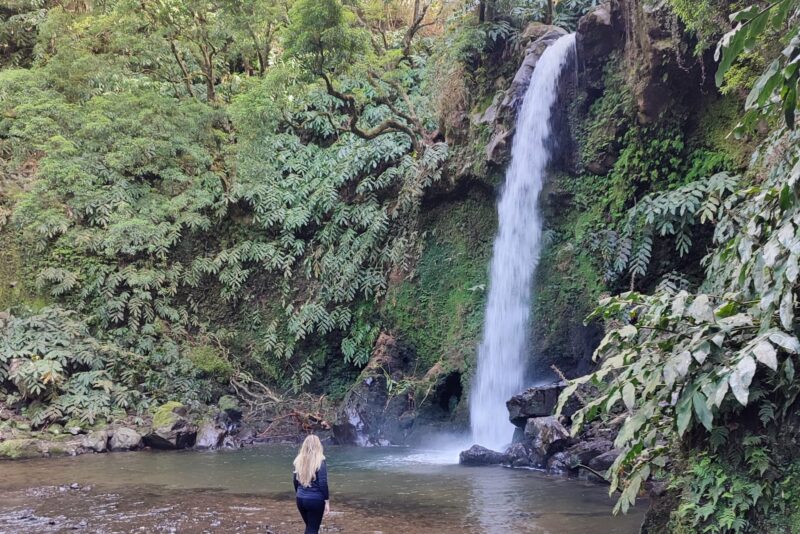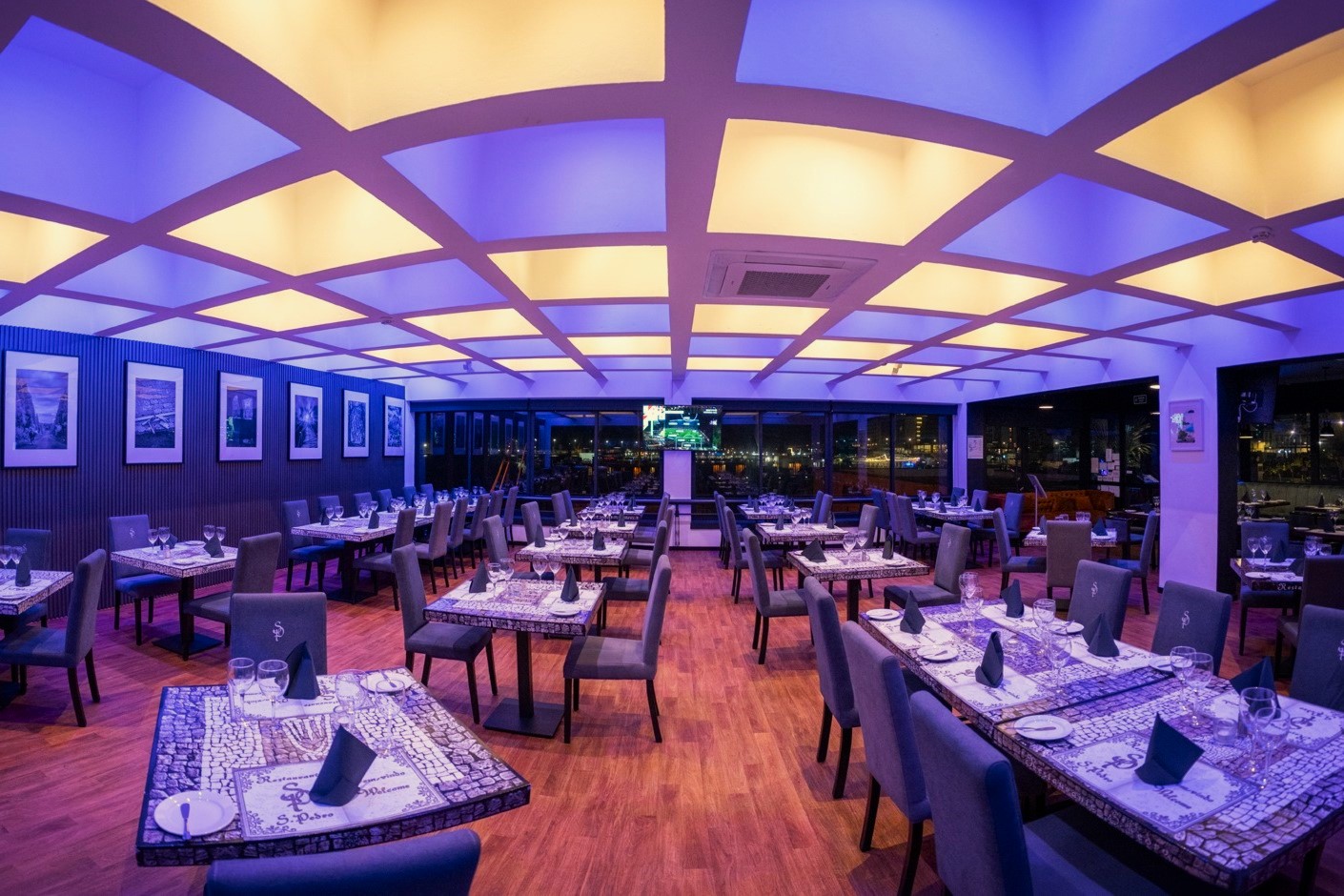The coast of São Miguel Island, in the Azores, offers a fishing experience surrounded by stunning landscapes and abundant marine life!
Fishing enthusiasts will be amazed by traces of the island’s volcanic past, visible in sea caves and impressive rock formations, as well as by the variety of fish species available.
During fishing trips, it’s common to spot various species of dolphins, sea turtles, and even whales — making the experience even more unforgettable!
Whether you’re an experienced angler or an enthusiastic beginner, the waters of the Azores promise an unforgettable adventure for the whole family!
Types of Fish
Along the coast of São Miguel Island, you can catch a wide range of fish species. Over 40 species can be found here, including:
-
Barracuda
-
Almaco Jack
-
Amberjack
-
Mackerel
-
Forkbeard
-
Grouper
In deeper waters, often farther from the coast, tuna stands out as one of the most common and prized species in Azorean fishing. The Azores are a prime destination due to their nutrient-rich waters, which attract migratory tuna species.
Fishing Techniques in São Miguel
Local companies offer various fishing methods. These techniques are popular in coastal regions, especially where species diversity allows for both surface and deep-water catches.
- Bottom Fishing:
This method involves casting bait to the seabed, where bottom-dwelling fish species live. - Jigging:
A vertical fishing technique using a heavy artificial lure called a jig, which is dropped to the bottom and then rapidly and repeatedly pulled upward to mimic the erratic movement of an injured fish. This method is particularly effective for attracting predators such as tuna, amberjack, and jackfish, which are drawn to the sudden motion of the jig. It is a more active style of fishing that requires strength and technique to maneuver the lure properly.
- Trolling:
Also known as trolling fishing, this technique involves trailing a bait (usually artificial) behind a moving boat. As the boat moves, the bait simulates a fleeing fish, attracting surface predators such as mahi-mahi, mackerel, and tuna. This method is widely used in open waters and allows fishermen to cover a large area, increasing the chances of a successful catch.
Best Time for Fishing
Although fishing is possible year-round — as long as sea conditions allow it to be done safely — the period from May to October is especially recommended for tuna fishing. Species like grouper and sea bream can be caught at any time of year.
Who Can Participate?
Children aged 6 and up can take part in this activity, provided they are accompanied by a responsible adult. The boats are not adapted for people with special needs. This activity is not recommended for individuals with heart conditions.
Do I Need Experience?
No experience is required — this activity can be a fun and exciting adventure for both beginners and seasoned anglers alike!
Tour Duration and Prices
Prices and tour durations may vary depending on the company and the time of year. In spring and summer, prices tend to be slightly higher than in autumn and winter. Half-day tours typically last between 3 to 4 hours, while full-day tours last around 7 to 8 hours.
Here are the average prices per person, as recorded in August 2024:
Coastal Fishing
-
Half-day: from €100
-
Full-day: from €130
Big Game Fishing
-
Half-day: from €130
-
Full-day: from €200
What’s Included
We recommend booking with licensed companies that follow both local and international regulations. We especially value operators with experienced local crews and those who provide all the information and equipment needed for a safe and comfortable experience.
Full-day fishing tours often include food and drinks — check with the provider for details.
What to Bring on a Fishing Tour
-
Comfortable shoes
-
Sunscreen
-
Hat
-
Sunglasses
-
Swimsuit and towel
-
Fully charged camera
Tip 1:
We highly recommend using a waterproof phone pouch with a neck or wrist strap. It offers added peace of mind and allows you to safely take photos during the trip. It’s a great accessory for any activity in the Azores, protecting your phone from rain and sea spray.
Tip 2:
Consider bringing a lightweight waterproof jacket to protect against wind, sun, or unexpected rain. Non-slip rubber shoes are also a smart choice, especially if your tour includes time on rocky or slippery terrain, like islets or coastal areas.
Commitment to Sustainability
Commitment to Sustainability
Choose licensed companies that follow fishing regulations and respect minimum catch sizes. Any fish caught and not released back into the sea can be shared among participants — but keep in mind that sport fishing boats are not allowed to sell their catch.
Discover why São Miguel is one of Europe’s top fishing destinations!
Book your fishing tour now and create unforgettable family memories. Click here.
Got questions or tips about the Azores? JOIN OUR FACEBOOK GROUP
Want to see more of the Azores? SUBSCRIBE TO OUR YOUTUBE CHANNEL


